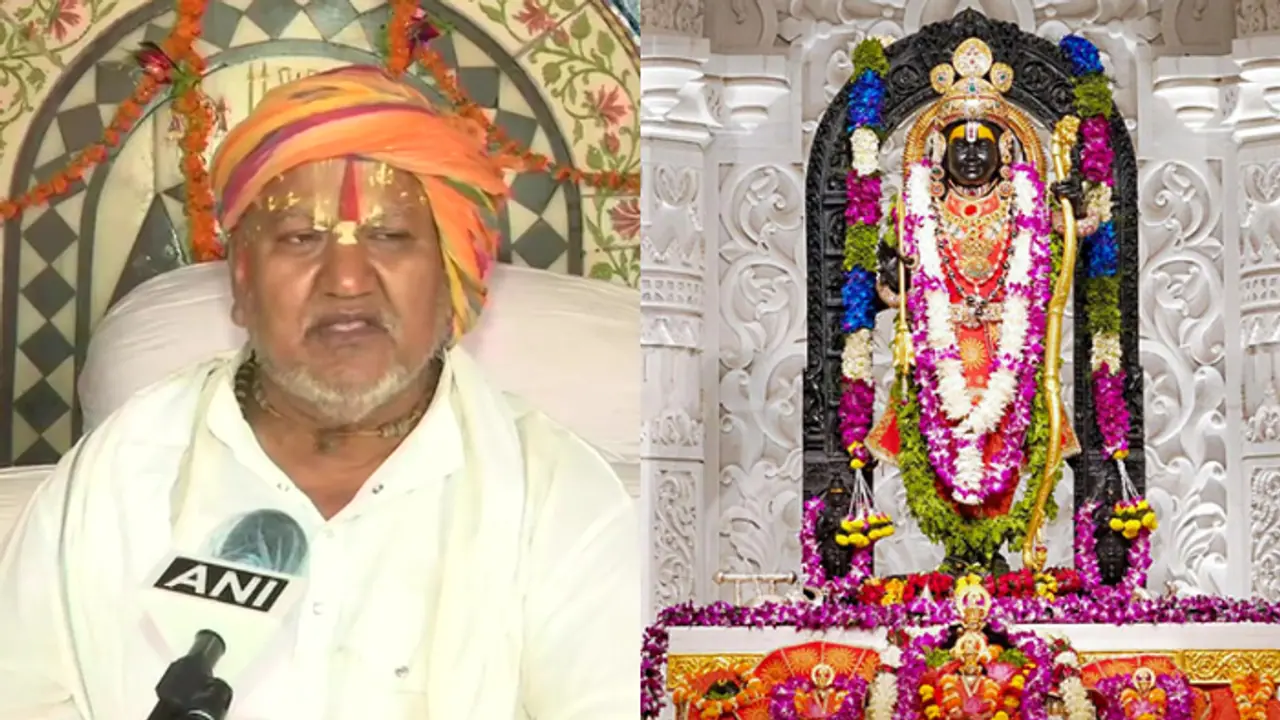For the first time in 300 years, the chief priest of Ayodhya's Hanuman Garhi temple, Mahant Prem Das, will break a centuries-old tradition and visit the Ram Temple, with the approval of all religious bodies.
Ayodhya: For the first time in 300 years, the chief priest of Ayodhya's famous Hanuman Garhi temple will break a longstanding tradition by leaving the temple grounds to visit the Ram temple on Wednesday.

Traditionally, the chief priest of the Hanuman Garhi temple was required to remain within the temple's 52 bigha area for life once appointed. This custom, which dates back to the 18th century when the temple was established, was so rigid that the chief priest was not allowed to appear in local courts for legal matters. On occasions, the court would visit the temple to hear his statement or take his appearance.
For the first time, the tradition has been set aside with the unanimous consent of all religious bodies, allowing Hanuman Garhi's chief priest, Mahant Prem Das, to visit the Ram Temple. Mahant Prem Das, who expressed his desire to visit the Ram Temple during his lifetime, received approval for the visit from the Panch (members) of Nirvani Akhara, the highest governing body of Hanuman Garhi.
On April 30, during Akshaya Tritiya, Mahant Prem Das will depart from Hanuman Garhi in a grand procession featuring elephants, camels, and horses. The procession will be accompanied by a large crowd of Naga Sadhus, disciples, devotees, and local traders.
The procession will first head to the banks of the Saryu River at daybreak, where the Mahant and Naga Sadhus will perform a ritual bath. After this, the procession will continue towards the Ram Temple, as stated by Mahant Ramkumar Das, the head of Nirvani Akhara.
Hanuman Garhi is regarded as the guardian of Ayodhya due to its historical importance, its prominent location at the highest point of the city, and the belief that Hanuman, a devoted servant of Lord Ram, protects the city. The temple's deity is considered the 'Kotwal' or protector of Ayodhya. It is also a tradition to seek Hanuman's blessings before worshipping Lord Ram, reflecting the deep reverence for the deity as the city's guardian.


